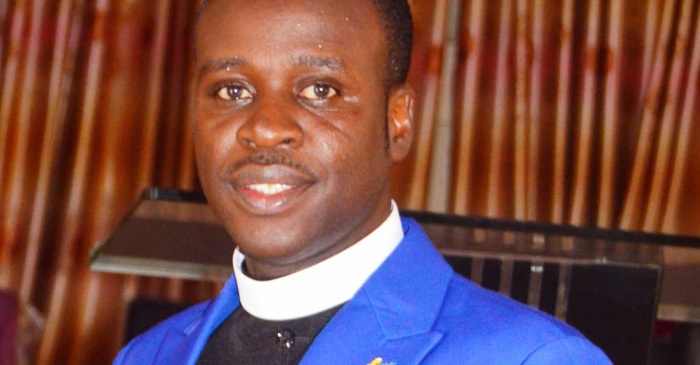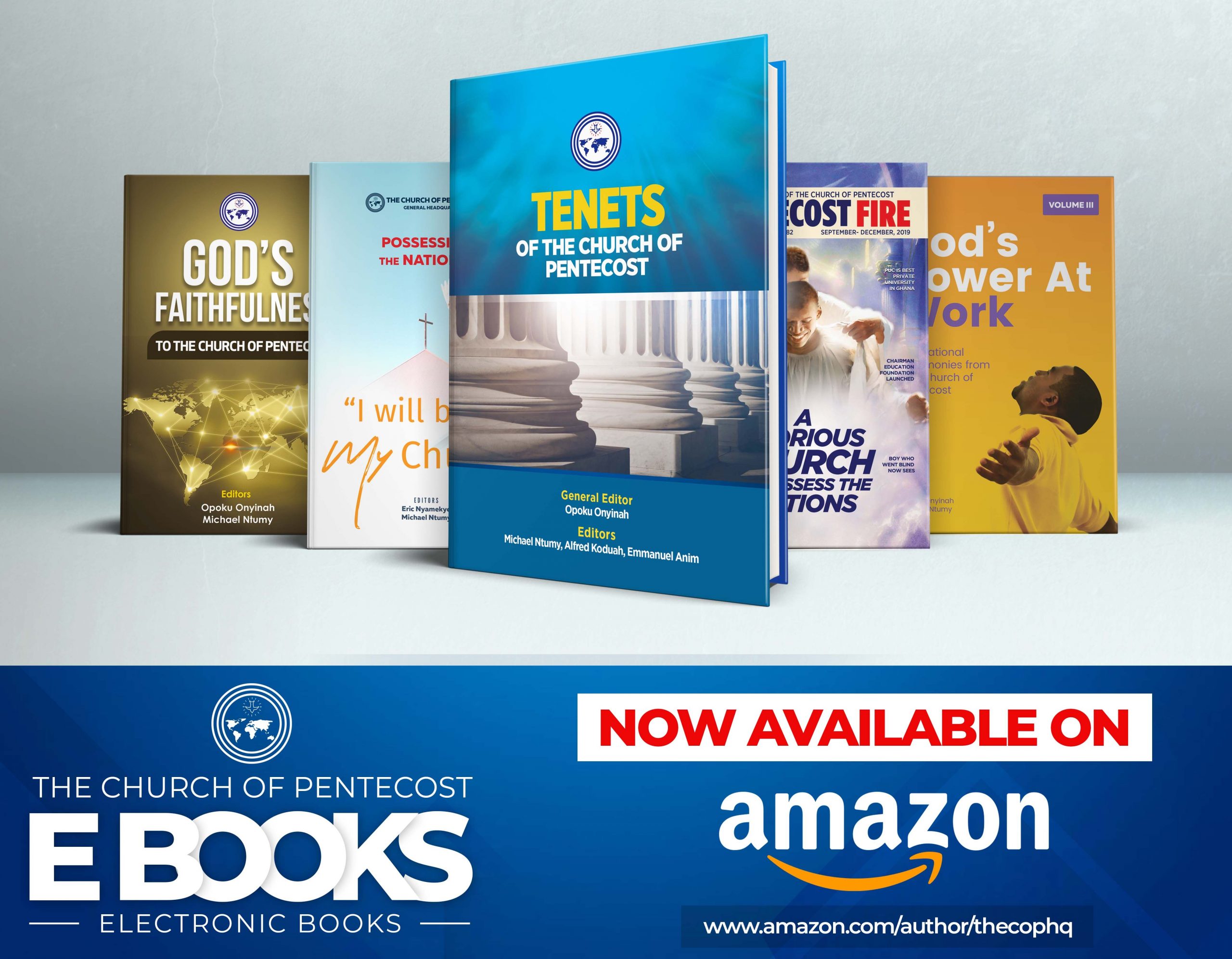INTRODUCTION
The Passover Feast and Easter Celebration are two of the most significant celebrations cherished by Judaism and Christian traditions, respectively. These celebrations may appear distinct from one another but are deeply connected through various shared themes. The Passover Feast, as recorded in Exodus 12, commemorating the Israelites’ liberation from slavery in Egypt, serves as a foundational event in Jewish history and faith. Similarly, Easter, celebrating the trial, crucifixion, death, and resurrection of Jesus Christ, serves as the foundation of Christianity and is central to our Christian beliefs and practices. In this article, we will explore the parallels between the Passover Feast and the Easter Celebration, drawing out the typologies that exist between them to draw some lessons for contemporary Christians.
HISTORICAL ORIGIN OF THE PASSOVER AND EASTER CELEBRATIONS
The idea of typology has to do with New Testament indications of patterns and people in the Old Testament, who were, in a sense, created to serve as pre-figured shapes of what Christ would do. To understand the typology between the Passover Feast and Easter Celebration, it is important to first understand the historical events that these celebrations commemorate. The Passover Feast originated from the story of the Exodus of the nation of Israel, as described in the Book of Exodus. According to the biblical account, the Israelites were enslaved in Egypt under the rule of Pharaoh, who oppressed and mistreated them. In response to their cries for deliverance, God raised Moses as a leader to lead the Israelites out of bondage and into freedom. Through a series of miraculous plagues and events, including the Passover Sacrifice, the Israelites were ultimately liberated from slavery and began their journey to the Promised Land.
Similarly, Easter commemorates the crucifixion, death and resurrection of Jesus Christ; it reminds Christians of the vicarious death of Christ, that is, the agony and disgrace Christ had to go through. Jesus was crucified by the Romans as a criminal, but three days later, he rose from the dead, conquering sin and death and offering salvation to all who believe in him. The Easter celebration marks the culmination of Jesus’ life and ministry, emphasising his sacrificial death as atonement for the sins of humanity and his victorious resurrection as a sign of new life and hope.
THE TYPOLOGY BETWEEN THE PASSOVER FEAST AND EASTER CELEBRATION
The Passover Feast in the Jewish tradition serves as a typology, or foreshadowing, of the Easter celebration in Christianity. Both celebrations share several themes and symbols that connect them in a meaningful way:
1. TYPOLOGY OF LIBERATION AND REDEMPTION
One of the key typologies between the Passover Feast and Easter Celebration is the theme of liberation and redemption. In the Passover story, the Israelites were enslaved in Egypt, held captive by Pharaoh’s tyranny and oppression. Through the intervention of God, they were set free from bondage and led to freedom in the wilderness. The Passover Feast serves as a symbolic remembrance of this liberation, with the retelling of the Exodus story, the eating of unleavened bread, and the sacrificial lamb pointing to the deliverance and redemption that God provided for his people.
Similarly, in the Easter story, Jesus’ crucifixion and resurrection represent the ultimate act of liberation and redemption for humanity. C.H. Spurgeon once said, “the heart of the gospel is redemption, and the essence of redemption is the substitutionary sacrifice of Christ”. By dying on the cross, Jesus paid the price for sin and broke the power of death, offering salvation and forgiveness to all who believe in him. His resurrection symbolises new life and victory over sin and death, demonstrating God’s power to redeem and restore broken lives. The Easter Celebration serves as a reminder of this redemption, with the symbols of the cross, the empty tomb, and the resurrection pointing to the transformative work of Christ in the lives of believers.
2. SACRIFICE AND ATONEMENT
Another typology between the Passover Feast and Easter Celebration is the theme of sacrifice and atonement. In the Passover story, the sacrificial lamb plays a central role in the redemption of the Israelites. According to God’s instructions, each household was to select a perfect lamb, slaughter it, and place its blood on the doorposts of their homes. When the Angel of Death passed over Egypt, he spared the houses marked with the blood of the lamb but visited judgment on the rest. The sacrificial lamb thus served as a substitute for the firstborn sons of Israel, offering protection and deliverance from death.
In the Easter story, Jesus is portrayed as the sacrificial Lamb of God, whose death atones for the sins of humanity. As the perfect and sinless Son of God, Jesus willingly offered himself as a sacrifice on the cross, shedding his blood for the forgiveness of sins. His death is seen as the ultimate act of atonement, reconciling humanity with God and paving the way for salvation and eternal life. The Easter Celebration commemorates this sacrifice, with the symbols of the cross, the blood, and the bread and wine in the Eucharist representing the body and blood of Christ given for the redemption of all.
3. NEW LIFE AND RESURRECTION
Another typology is the theme of new life and resurrection. In the Passover story, the Israelites experienced a new beginning as they were led out of slavery into freedom. Their journey through the wilderness was a time of testing, purification, renewal, and transformation. The Passover Feast marks the beginning of a new chapter in the history of Israel as they prepare to enter the Promised Land and fulfil God’s covenant with them.
Jesus’ resurrection in the Easter celebration signifies a new beginning for humanity, as believers are reconciled with God and given the promise of eternal life. By rising from the dead, Jesus demonstrated his power over sin and death, offering the hope of resurrection to all who believe in him. The Easter Celebration proclaims the victory of Christ over the grave, with believers participating in his resurrection through faith and baptism. According to Romans 6:4 NIV,
“We were therefore buried with him through baptism into death in order that, just as Christ was raised from the dead through the glory of the Father, we too may live a new life.”
LESSONS FOR TODAY’S CHURCH
I want to conclude by providing some lessons from these typologies for today’s believers. Christians must not view Easter as just an annual celebration that comes and goes. Instead, it calls for constant reflection on the freedom and new life Christ’s death and resurrection brought mankind. The believer must live their lives in a way that truly reflects the newness of life in Christ.
Also, Jesus’ willingness to lay down his life for the salvation of humanity, demonstrating the ultimate act of self-sacrifice motivated by love, is worth emulating by all. This must challenge all Christians to prioritise serving others, putting the needs of others above their own, and embodying a spirit of humility and generosity in their interaction with others.
In conclusion, we learn of the power of forgiveness and reconciliation. Through Christ’s sacrifice on the cross, Jesus provided a means for all people to be forgiven and reconciled back to God. This must serve as a reminder for Christians to extend forgiveness and reconciliation to others, following Jesus ‘example of unconditional love and mercy. As we observe the Easter Celebration, may we be reminded of the timeless truths of God’s love, mercy, and grace, and may we experience the power of redemption and resurrection in our own lives.
Written by Pastor Prince Augustine Ababio (Jema Nkwanta District- Kintampo Area)


















